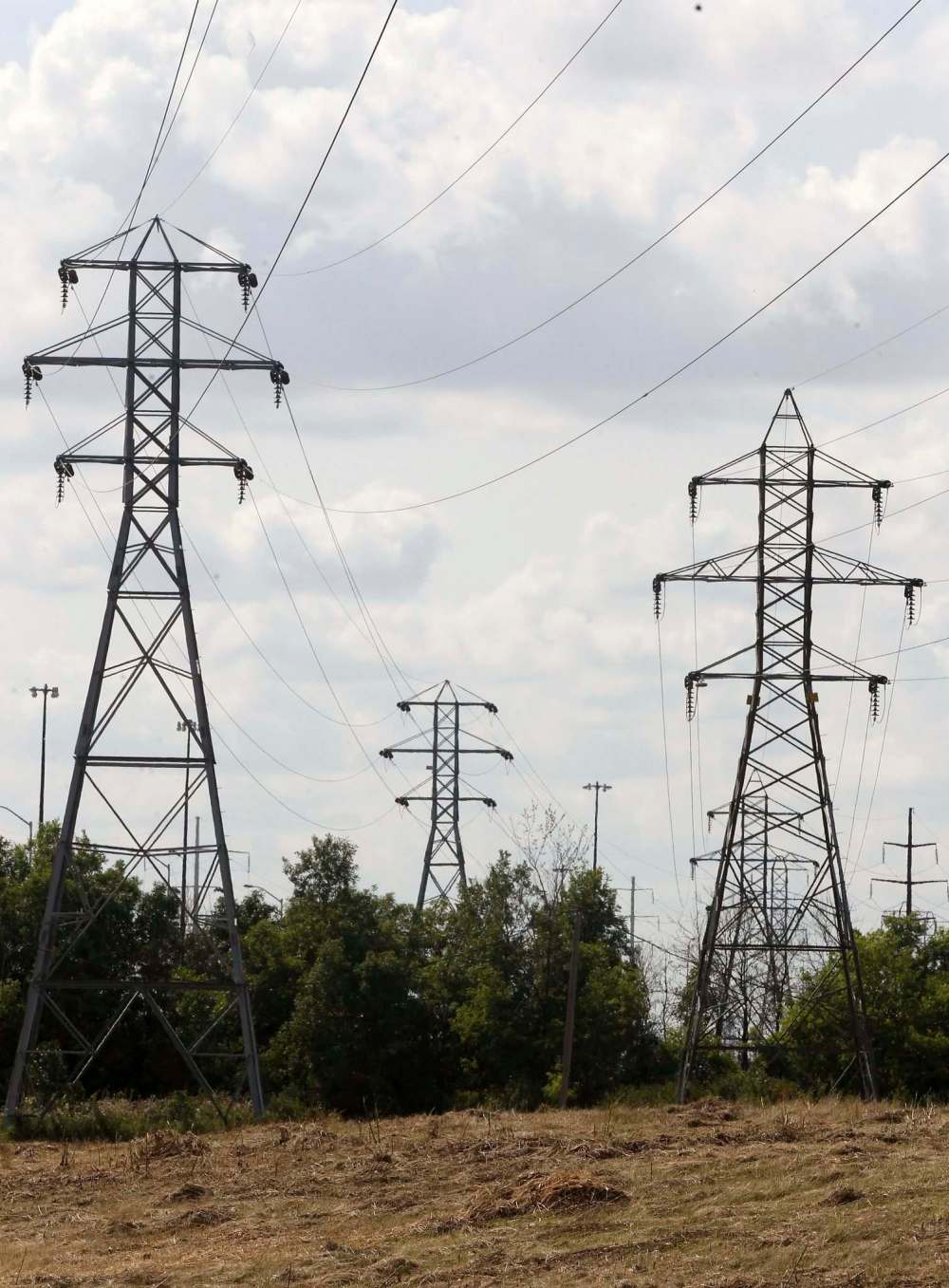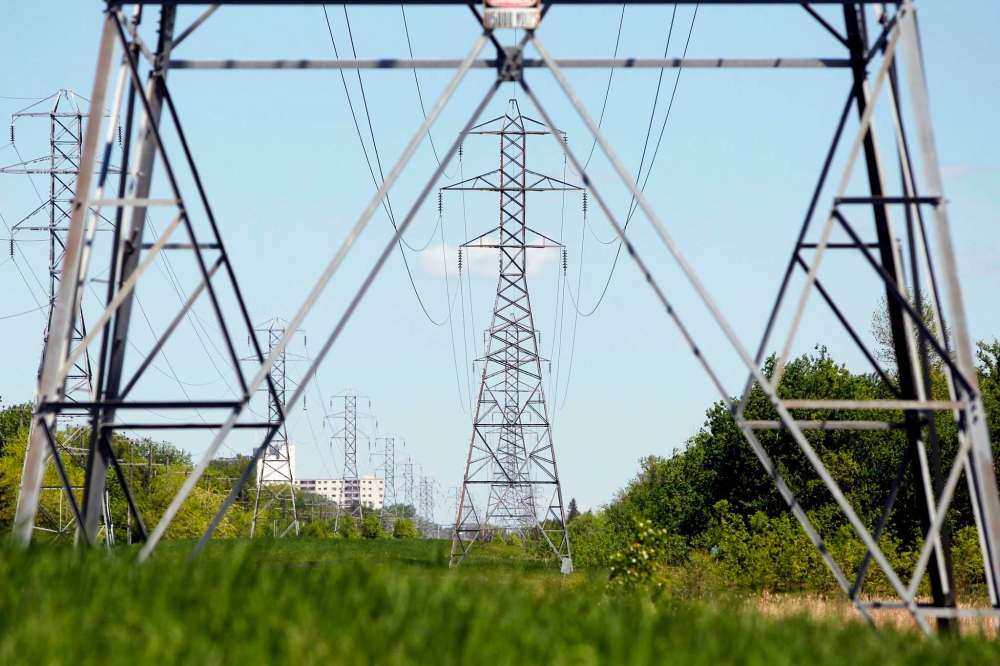Land under towers being wasted: study
Hydro should conserve tall grass prairie, researchers say
Advertisement
Read this article for free:
or
Already have an account? Log in here »
To continue reading, please subscribe:
Monthly Digital Subscription
$0 for the first 4 weeks*
- Enjoy unlimited reading on winnipegfreepress.com
- Read the E-Edition, our digital replica newspaper
- Access News Break, our award-winning app
- Play interactive puzzles
*No charge for 4 weeks then price increases to the regular rate of $19.00 plus GST every four weeks. Offer available to new and qualified returning subscribers only. Cancel any time.
Monthly Digital Subscription
$4.75/week*
- Enjoy unlimited reading on winnipegfreepress.com
- Read the E-Edition, our digital replica newspaper
- Access News Break, our award-winning app
- Play interactive puzzles
*Billed as $19 plus GST every four weeks. Cancel any time.
To continue reading, please subscribe:
Add Free Press access to your Brandon Sun subscription for only an additional
$1 for the first 4 weeks*
*Your next subscription payment will increase by $1.00 and you will be charged $16.99 plus GST for four weeks. After four weeks, your payment will increase to $23.99 plus GST every four weeks.
Read unlimited articles for free today:
or
Already have an account? Log in here »
Hey there, time traveller!
This article was published 25/08/2017 (3023 days ago), so information in it may no longer be current.
Manitoba Hydro can protect the environment and save money by changing how it manages the grassy space below its power lines, a University of Manitoba study says.
While most people ignore rights-of-way below power lines, or consider it industrial space, researchers argue it can be used to attract a variety of small animals and help conserve Manitoba’s remaining tall grass prairie.
“We’re really interested in how we can work with industry to conserve wildlife, while still doing all the things humans need to do,” said U of M Prof. Nicola Koper, one of the study’s lead researchers.

“I think a lot of times we assume that we have to choose either human well-being or the environment’s well-being. That’s not always the case. If we work together, we can sometimes find solutions that are good for both the environment and the economy.”
Led by a small group of researchers from the U of M, the study took three years to complete and has since been published in two journals: Landscape and Urban Planning and Avian Conservation and Ecology.
The study suggests if Manitoba Hydro were to limit mowing and herbicide use in some patches of grass below its power lines, the resulting diverse grass heights would attract small mammals, insects, birds and butterflies, including the threatened monarch butterfly.
The researchers aren’t saying all grass below power lines should be left to grow, but rather some patches be left long and others cut short, as various animals are attracted to one length or the other. This way, the largest cross-section of animals would be attracted to the area.
Researchers believe Manitoba Hydro would save money by mowing less and curbing herbicide use, while also helping to protect the tall-grass prairie, which is under threat. More than 99 per cent of the original 6,000 square kilometres of tall-grass prairies in Manitoba has been lost.
“The tall grass prairie serves as a habitat for pollinators. It also helps to manage water flow across the landscape and historically would have reduced the problems with flooding we now have every year. I also think it’s a part of our heritage that we want to leave for our kids,” Koper said.
Koper said the report has been presented to Manitoba Hydro (which played a role in helping with the study), but he was unsure if it would be implementing any of the recommendations.
However, when contacted for comment Friday, a Manitoba Hydro spokesman said he didn’t think the Crown corporation had received any such report and was unaware of any involvement in the study.

Manitoba Hydro is open to reviewing the study, the spokesman said, although the electric power and natural gas utility already uses herbicide selectively and would be concerned about possible tree growth as a result of any changes.
Nonetheless, Koper is adamant the moves would benefit both Manitoba Hydro and the environment.
“This can be a win-win for wildlife and industry. We should keep looking for opportunities, like this one, to work with industry in a way that can conserve our environment and the bottom line.”
ryan.thorpe@freepress.mb.ca
History
Updated on Saturday, August 26, 2017 8:58 AM CDT: Edited

